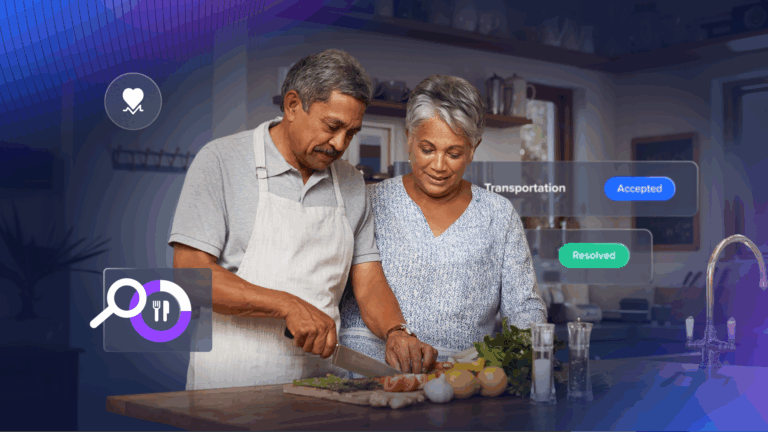
Unite Us Applauds HHS for Advancing Care Coordination and Improving Outcomes for Individuals with Substance Use Disorders
Last Friday, the U.S. Department of Health and Human Services (HHS), through its Office for Civil Rights (OCR) and the Substance Abuse and Mental Health Services Administration (SAMHSA), published modifications to the Confidentiality of Substance Use Disorder (SUD) Patient Records regulations at 42 CFR part 2 (Part 2). Unite Us applauds the efforts of HHS, OCR, and SAMHSA to help increase coordination among providers treating individuals with SUDs and improve health outcomes.
As the market leader in empowering care coordination, Unite Us has witnessed many of the challenges that individuals face when seeking services across siloed providers, as well as the difficulties that Part 2 providers manage when working to coordinate care with their partners. The final rule aims to address those challenges by aligning Part 2 with the Health Insurance Portability and Accountability Act of 1996 (HIPAA), thereby facilitating integration of SUD treatment information with other health information. In this way, the final rule will help enhance providers’ ability to treat the whole person and improve health outcomes, while continuing to protect the privacy of those seeking care.
In a letter to the Office of Civil Rights on a proposed version of the rule, Unite Us wrote: “Individuals with SUDs deserve equal access to coordinated networks of care to improve their health and well-being. Integrated whole-person care, which is critical for an individual’s health and well-being, requires that providers be able to share clinical information about the client’s treatment and their healthcare condition.” You can read Unite Us’s full comment letter here.



